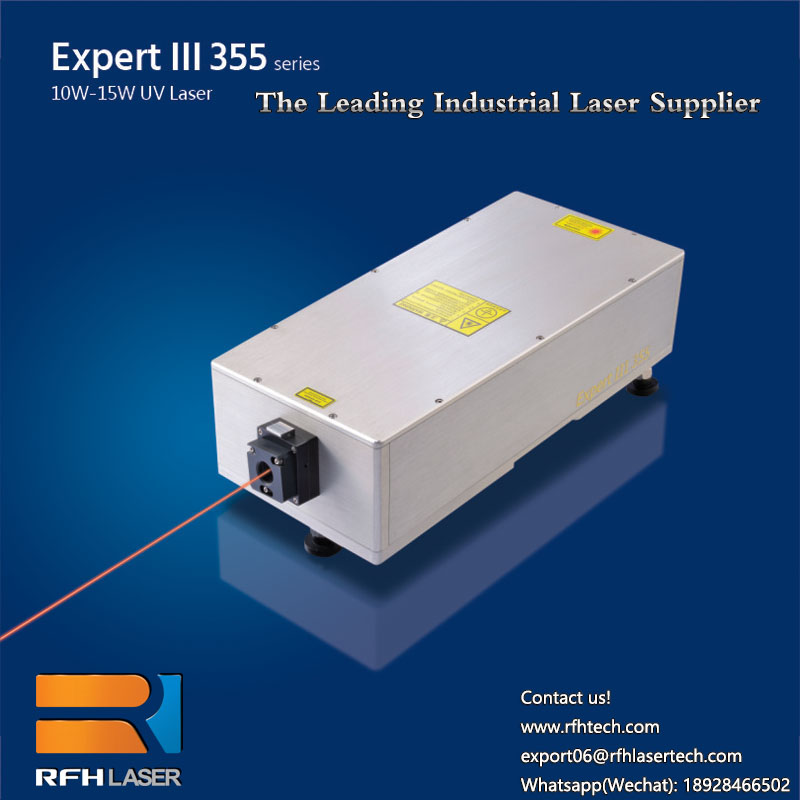Laser marking is a type of non-contact marking
Apr 30 , 2021Marking is split into two main categories: "contact marking" and "non-contact marking”. Laser marking is a type of non-contact marking. This section introduces the basic principles and features of laser marking as well as marking examples.
Laser marking principles
Laser marking advantages
Laser marking subcategories
Laser marking processing examples
Laser marking principles
Laser marking is used for marking logos, product names, serial numbers, model numbers, and other information onto a product by irradiating the target with a laser light to melt, scorch, peel, oxidise, cut, or discolour the surface. Laser markers can be roughly divided into two types: masking laser markers and scanning laser markers.

Masking
Masking
Laser light is applied to a mask surface, and only those parts that pass through the mask are marked. Masking enables high-speed, high-resolution marking, but masks that match the content being marked must be prepared. This results in increased labour and costs when marking various patterns.
Scanning
Scanning
Scanning irradiates a target with a single laser light, and marking is performed in a stroke-like motion. More specifically, a laser light emitted from an oscillator is captured (scanned) by the scanning mirror and applied to the surface of the target for marking. Conventional scanning methods only allow control from the X and Y axes, meaning the light could only be scanned on a flat surface. Today’s laser markers, however, can control the Z-axis height using a scanning mirror, making it possible to mark a wide variety of targets with various shapes.
These scanning mirrors are called galvano mirrors, and a system that uses one or more of these mirrors is called a “galvano scanner” or “galvano mirror scanning system”.
Recently, marking applications with various types have become common, and the high-speed capabilities of scanning lasers help cover weaker aspects of production. This has resulted in an increase in scanning systems that allow for a higher degree of freedom.
Laser marking advantages
This section explains the advantages of laser marking compared with stamping, labeling, engraving, and printing marking methods.
High-accuracy marking
Laser markers use laser light irradiated to a specific point, making high-accuracy marking possible. Even small characters can be easily identified, ensuring reliable quality control.
Non-fading marking
With labeling and printing methods, labels or printed surfaces may peel off or fade, making it impossible to identify the printed content. With laser marking, however, there is no need to worry that marked content will disappear over time.
Various marking methods
Lasers can be used for a variety of marking methods including surface melting and scorching, plating and paint peeling, oxidisation, and discolouration. Selecting the best marking method ensures damage-free marking regardless of the target material.
High-speed marking
Utilising high-output laser light, laser markers are capable of high-speed marking for efficient production.
Laser marking subcategories
Laser markers can be used to perform various marking tasks, including the following.
Paint peeling
This method provides contrast against the base material colour by peeling the paint, printed surface, or plating layers of a target for marking.
Cartons
Cartons
Paint peeling
Paint peeling
Peel the paint or printing on the target surface to bring out the contrast with the colour of the base material.
Surface peeling
The surface of a target is removed, marked, or engraved in some way. This method is generally referred to as engraving.
Air filters
Air filters
Surface peeling
Surface peeling
The surface of a target is cut or engraved.
Colour development
The surface of a target is scorched, oxidised, or discoloured by the laser light.
Wiring instrument
Wiring instrument
Colour development
Colour development
The surface of the target itself is coloured, resulting in high-contrast areas.
Laser-based colouration can be divided into four main principles.
Foaming
Condensing
Carbonisation
Chemical change
1. Foaming
Foaming
When the base material is irradiated with a laser, gas bubbles are generated inside the material due to the thermal effect of the radiation. Gasified, evaporated bubbles are contained in the surface layer of the base material and create a whitish swelling. These bubbles are particularly visible with darker base materials and result in “thin” colouration.
(Example) Base material colour:
Black→ Changes to Grey
Red→ Changes to Pink
2. Condensing
Condensing
When the base material absorbs the laser energy, the thermal effect increases the molecular density. The molecules are condensed and the colour changes to a darker colour.
3. Carbonisation
Carbonisation
When an area continuously receives high energy, macromolecules of the element around the base material are carbonised and turn black.
4. Chemical change
Chemical change
The “pigment” elements in the base material always contain metallic ions. The laser radiation changes the crystal structure of the ions and the hydration level in the crystal. Consequently, the composition of the element itself changes chemically, resulting in colour development due to the increased intensity of the pigment.
Laser marking processing examples
Laser-based marking is performed as follows. The available types of lasers—such as CO2 lasers, YVO4 lasers, and YAG lasers—depends on the target material and the desired marking method.
Processing Task Main Target Material
Surface melting Plastic
Surface scorching Paper, plastic
Surface peeling Plated metal, printed paper
Surface oxidisation Metal
Surface peeling Glass, metal, plastic
Surface colouration Plastic